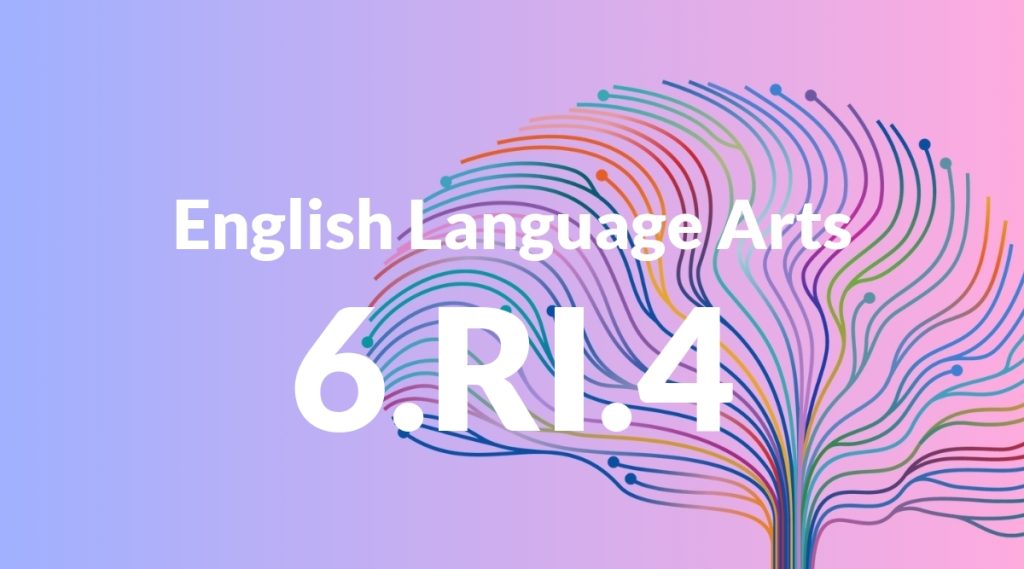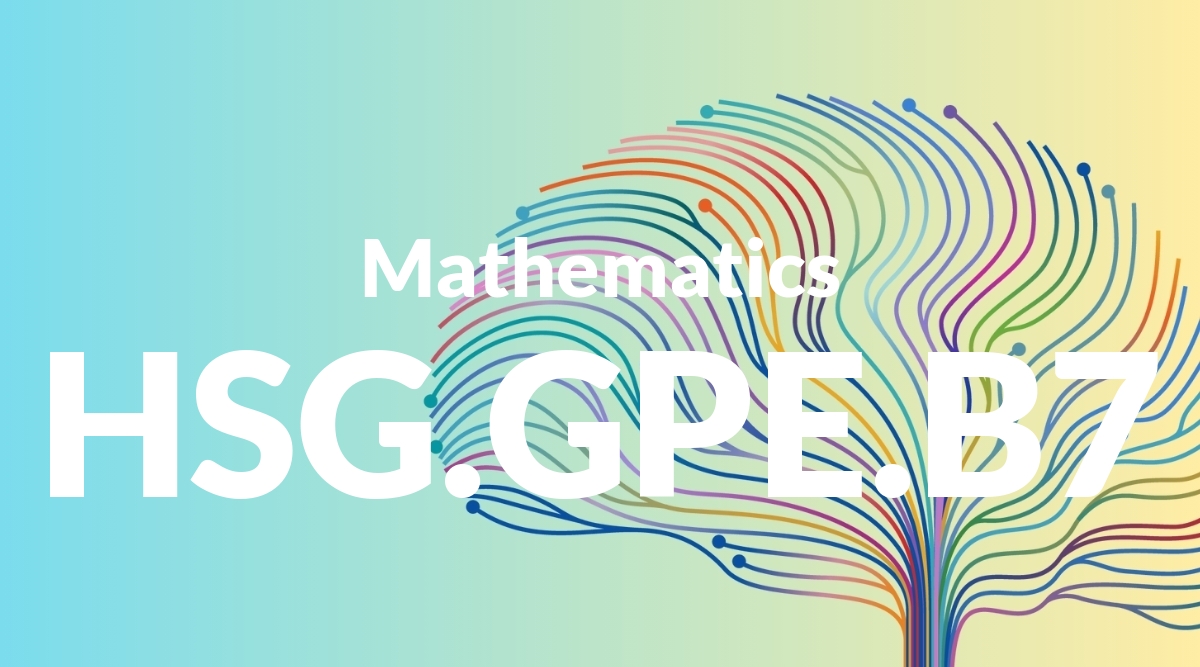Standard: 6.RI.4 – Determine the meaning of words and phrases as they are used in a text, including figurative, connotative, and technical meanings.
Grade level: Grade 6
Subject: English Language Arts
Domain: Reading: Informational Text
Teacher Overview
This standard focuses on helping students determine the meaning of words and phrases in a text, including figurative, connotative, and technical meanings. It is crucial for developing comprehension skills and the ability to analyze and interpret informational texts. Students should be familiar with basic vocabulary and context clues. They should also have a foundational understanding of literal and figurative language.
Students will develop the ability to critically analyze texts, improve their comprehension skills, and enhance their ability to write with precise and varied language.
Common Misconception 1
Students may believe that all words have only one meaning. This is incorrect because many words have multiple meanings depending on the context in which they are used.
Intervention 1
Use multiple examples of words in different contexts to show how meanings can change. Encourage students to use context clues to determine the appropriate meaning.
Common Misconception 2
Students might think that figurative language is not important in informational texts. This is incorrect because figurative language can enhance understanding and add depth to the text.
Intervention 2
Highlight examples of figurative language in informational texts and discuss their impact on understanding. Use real-world texts to illustrate these points.
Prerequisite Knowledge
Students should be familiar with basic vocabulary and context clues. They should also have a foundational understanding of literal and figurative language.
Subsequent Knowledge
Students will develop the ability to critically analyze texts, improve their comprehension skills, and enhance their ability to write with precise and varied language.
Instructional Activities
- Create a word journal where students track new words and their meanings from various texts.
- Analyze excerpts from informational texts to identify and interpret figurative, connotative, and technical meanings.
- Group activities where students discuss the meaning of words and phrases in different contexts.
- Use graphic organizers to map out different meanings of a word based on context.




